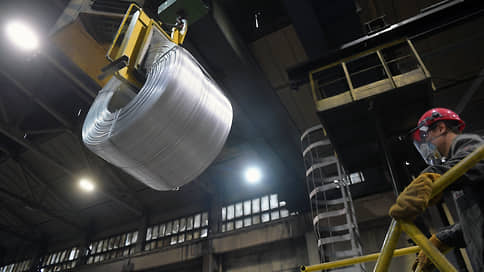metal prices will be determined by the transition to “clean” energy
[ad_1]

The main factor determining the level of world prices for metals in the long term will be the transition to “clean” energy, according to a new review by FocusEconomics. The multidirectional price dynamics that will be observed in the next ten years (see chart) are explained by different levels of demand for certain metals to maintain the current pace of energy transition in developed countries, experts point out.
Thus, according to their forecasts, prices for copper, a metal actively used, for example, in the production of wind turbines and solar panels, will increase significantly in the next decade. Copper supply growth will be supported by expansion of copper production in Chile, India and the Democratic Republic of Congo. However, there is no certainty that it will be possible to satisfy the growing demand: it is expected that in the coming years there will be a shortage of this metal on the market.
According to experts, the green agenda will also support prices for aluminum, which is used, in particular, in solar photovoltaic systems and in the production of electric vehicles. China may slightly reduce the supply of aluminum on the market in the coming years – in order to achieve goals for reducing greenhouse gas emissions, its production in the country, as experts expect, will be reduced.
Prices for another non-ferrous metal, nickel, will remain noticeably below 2023 levels over the next ten years, but still above the average value recorded in the 2010s. It is expected that in the coming years the metal will continue to be used mainly in the production of stainless steel, the demand for which will be provided mainly by the construction sector of China (for now, the prospects for its expansion, however, are not entirely clear – see Kommersant dated November 27, 2023) . Compared to copper and aluminum, demand for nickel will remain subdued due to the energy transition, with the metal continuing to be used primarily in electric vehicle batteries.
Suppliers of iron ore, used mainly for steel production, will not benefit from the transition to “clean” energy, as FocusEconomics notes. Demand for this metal will remain stable only in developing economies; developed economies will switch to the production and use of “environmentally friendly” steel, experts predict.
[ad_2]
Source link






